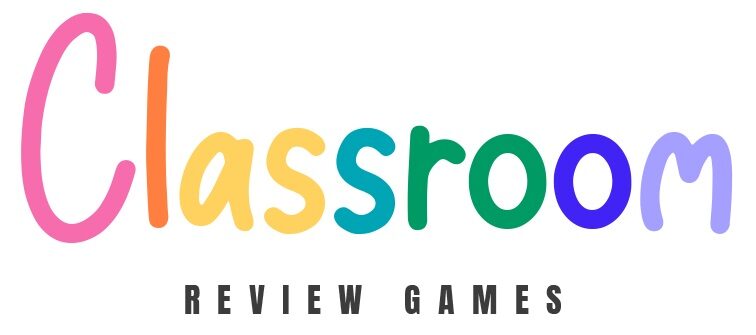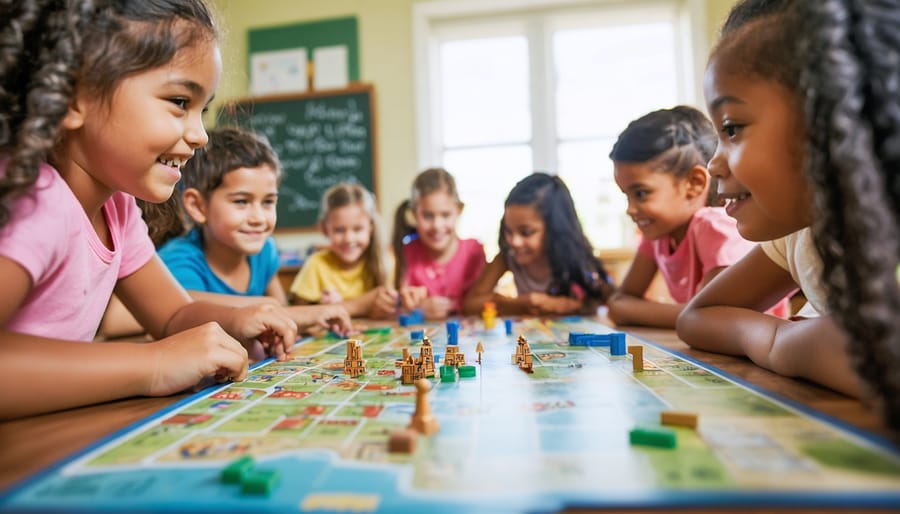Make History Come Alive with These Classroom Games (No Tech Blocks)
Transform your history lessons into engaging experiences with history review games that work anywhere, anytime – no tech barriers required. Discover classroom-tested solutions that bypass restrictive firewalls and eliminate the frustration of blocked educational content.
From downloadable board game templates to offline digital simulations, these accessibility-focused games keep students actively learning without the constant worry of internet connectivity or administrative permissions. Whether you’re teaching ancient civilizations or modern world events, these carefully curated options ensure your interactive lessons remain uninterrupted.
Create memorable learning moments using simple yet powerful tools that work across all classroom settings. These versatile games adapt to your teaching style while maintaining educational rigor, proving that effective historical engagement doesn’t require complex technical setups or special access privileges.
Let’s explore how these classroom-ready solutions can revolutionize your history teaching – no special permissions needed.
Easy-Access History Games That Work Anywhere
PowerPoint-Based History Timeline Games
Looking for history games that work seamlessly in your classroom? PowerPoint-based timeline games are perfect for teachers who want reliable, offline options! These engaging PowerPoint games can be downloaded once and used repeatedly without internet access.
Create interactive timelines where students drag and drop historical events into the correct order, or design multiple-choice questions about different historical periods. The best part? You can customize these games to match your curriculum perfectly! Add your own images, events, and questions to make the content relevant for your specific grade level.
Some popular formats include:
– Timeline sorting challenges
– Historical figure matching games
– Century-based quiz shows
– Before-and-after event ordering
– Historical cause-and-effect games
These games work great for both individual practice and whole-class activities. Plus, you can easily share them with colleagues or save different versions for various units. Since they’re PowerPoint-based, there’s no need to worry about district firewalls or tech permissions – just open and play!
Print-and-Play Historical Card Games
Looking for an engaging way to teach history without screens? Print-and-play card games are perfect for classroom use! These versatile resources only require a printer and some basic supplies to create lasting learning tools.
Timeline cards are a classroom favorite – simply print important historical events and dates on separate cards, then let students arrange them chronologically. Make it competitive by timing teams or collaborative by having students discuss their reasoning.
Historical figure matching games work great too. Create pairs of cards featuring notable people and their achievements, then turn them face-down for an educational memory game. You can customize these for any time period or region you’re studying.
For more advanced play, try “History Trading Cards” where students collect and trade cards featuring different civilizations, inventions, or historical events. Add quick facts and point values to encourage strategic thinking and deeper engagement with the content.
Best of all, once laminated, these cards become durable classroom resources you can use year after year. Get creative by having students help design new cards to expand your collection!
Quick-Setup Historical Review Games
Historical Figure Hot Seat
Ready to energize your history lessons? Historical Figure Hot Seat is a dynamic role-playing game that gets students thinking on their feet while deepening their understanding of historical figures. Here’s how to set it up:
Choose a student to play the historical figure (like Abraham Lincoln or Marie Curie) and have them sit at the front of the class. Give them a quick reference card with 5-6 key facts about their character. The rest of the class becomes investigative reporters who ask questions to learn more about the figure’s life, achievements, and historical impact.
To make it extra engaging, create press passes for your students and set up a mock press conference environment. Reporters must raise their hands and introduce their news organization before asking questions. The student in the hot seat should stay in character while answering.
Pro tip: Prepare students by having them research their historical figure beforehand. This works great as homework or a group activity. You can even rotate multiple students through different historical figures in one session.
Keep score by awarding points for creative questions and historically accurate answers. This game works perfectly for any grade level – just adjust the complexity of the historical figures and questions to match your students’ needs.
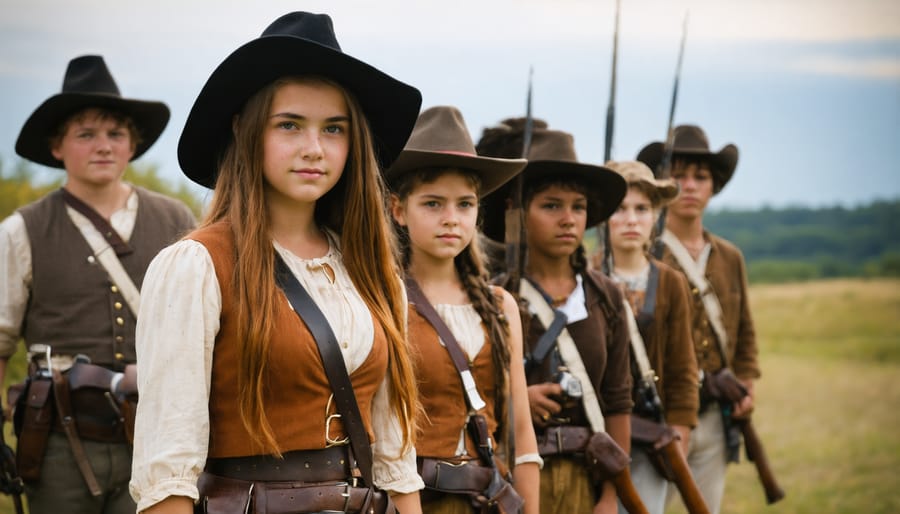
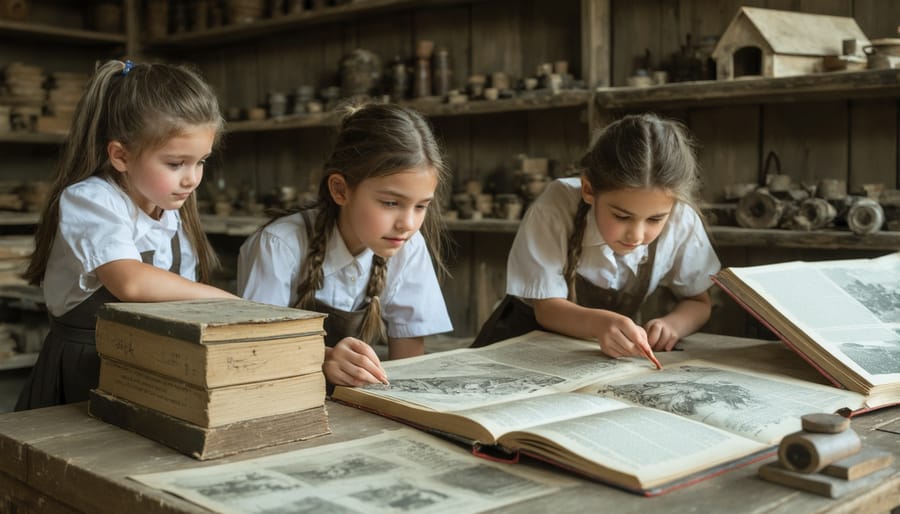
History Mystery Box
Transform your classroom into an exciting archaeological dig with the History Mystery Box! This hands-on learning game brings history to life through physical artifacts and engaging detective work. Fill a simple cardboard box with period-appropriate items, replica artifacts, or even modern objects that represent historical elements.
Here’s how to set it up: Gather 5-10 items related to your current history unit. These could be fake coins, printed documents, costume jewelry, or everyday items that tell a story. Add a layer of mystery by partially burying items in sand or shredded paper. Students work in small groups, carefully “excavating” and documenting their findings.
Create investigation worksheets where students record their discoveries, sketch artifacts, and form hypotheses about their historical significance. Encourage them to connect items to specific time periods, cultures, or historical events you’re studying.
Make it extra engaging by including a “mystery item” that seems out of place – this sparks great classroom discussions about historical context and analytical thinking. You can easily customize the difficulty level and content focus by switching out items for different units or grade levels.
The best part? This offline activity works anywhere, anytime, and gets students physically involved in historical discovery.
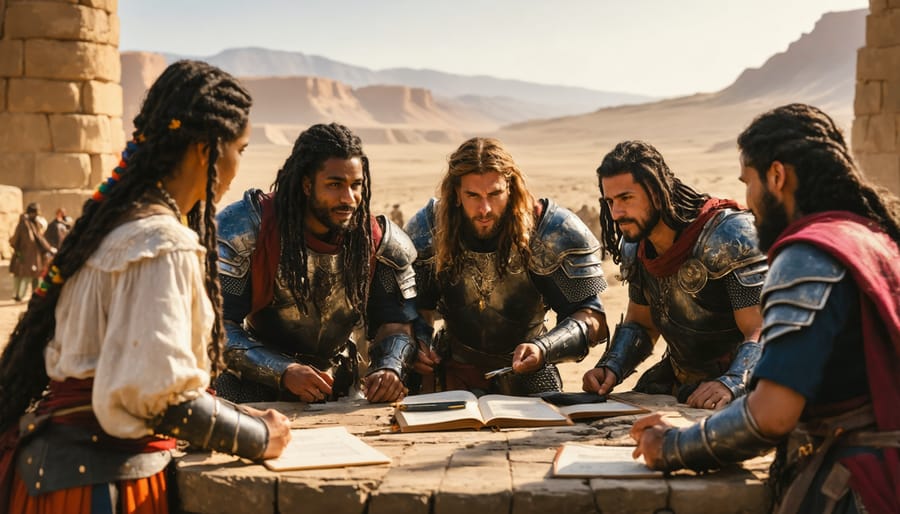
Team-Based History Challenges
Historical Scavenger Hunt
Transform your classroom into an exciting historical adventure with a customizable scavenger hunt! This offline activity needs minimal setup and works perfectly in any classroom setting. Start by gathering basic materials: sticky notes, index cards, and perhaps some printed images of historical figures or events.
Create clue stations around your classroom using historical facts, artifacts, or images. Each station should feature a puzzle, riddle, or question that leads students to the next location. For younger grades, use simple picture-matching or basic facts. For older students, incorporate more complex historical connections or timeline-based challenges.
Pro tip: Use color-coding for different difficulty levels or historical periods. This makes it easy to reuse and adapt the hunt for various classes. You can even create QR codes (printed beforehand) linking to pre-downloaded historical content on classroom computers.
Make it extra engaging by dividing students into teams with creative names from the historical period you’re studying. Consider adding a points system where teams earn “historical currency” for each solved clue. To keep things organized, create a simple answer sheet that teams must complete as they progress.
Need a quick setup? Keep a “scavenger hunt kit” in your classroom with pre-made clues for different historical periods. This way, you can transform a regular review session into an exciting historical treasure hunt in minutes!
History Timeline Race
Get your students racing against time with this engaging timeline ordering activity! Create a set of cards featuring key historical events, dates, or periods – you can make these as simple or detailed as needed for your grade level. Spread the cards randomly across student desks or tables, then challenge your class to arrange them in correct chronological order.
Make it extra exciting by splitting your class into teams and timing their progress. For added difficulty, try removing the dates from some cards so students must use their knowledge of historical context to place events correctly. You can even color-code cards by historical period or civilization to help visual learners.
Want to mix things up? Try these variations:
– Have students create their own event cards to exchange with classmates
– Use string and clothespins to create a physical timeline across the classroom
– Add “challenge cards” that require students to explain connections between events
– Create themed timelines for specific units (Ancient Rome, Industrial Revolution, etc.)
Perfect for review sessions or introducing new units, this activity gets everyone moving and thinking critically about historical sequences. Plus, you can easily adjust the difficulty by changing the number of cards or time limit. Store your timeline cards in labeled envelopes for quick access whenever you need an engaging history review!
Tips for Successful Implementation
Start by testing the games yourself before introducing them to your class. This helps you understand the content, difficulty level, and potential learning outcomes. Schedule a quick practice run during your prep time to ensure everything works smoothly.
Create clear learning objectives for each gaming session. Let students know what historical concepts they should focus on and how the game connects to your curriculum. This helps maintain educational value while keeping the fun factor high.
Break your class into small groups when possible. This encourages collaboration and allows students to help each other navigate game mechanics. It’s also perfect for sparking discussions about historical events and decisions made during gameplay.
Set reasonable time limits for gaming activities. A good rule of thumb is 20-30 minutes of gameplay followed by 10-15 minutes of reflection and discussion. This keeps students engaged while ensuring adequate time for processing the learning experience.
Consider creating simple worksheets or discussion guides that students can complete during or after playing. These tools help reinforce key historical concepts and provide accountability for learning outcomes.
Remember to be flexible! Some students might need extra guidance while others catch on quickly. Keep alternative activities ready for technical difficulties, and always have a backup plan if games don’t load properly.
Make assessment fun by encouraging students to create their own historical scenarios based on what they’ve learned through gameplay. This reinforces learning while fostering creativity and deeper understanding.
Unblocked history games offer an invaluable resource for bringing the past to life in your classroom. These accessible educational tools not only spark student interest but also create memorable learning experiences that stick. By incorporating these games into your lessons, you’ll find students more engaged and eager to explore historical events and concepts. Whether you choose digital simulations, printable board games, or interactive role-playing activities, these unrestricted resources provide flexibility and reliability for any teaching environment. Plus, since they work without special permissions or complex setups, you can focus on what matters most – helping your students develop a genuine passion for history. Remember, when students are having fun while learning, they’re more likely to retain information and develop critical thinking skills that extend far beyond the classroom.
